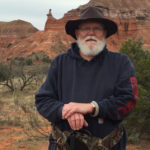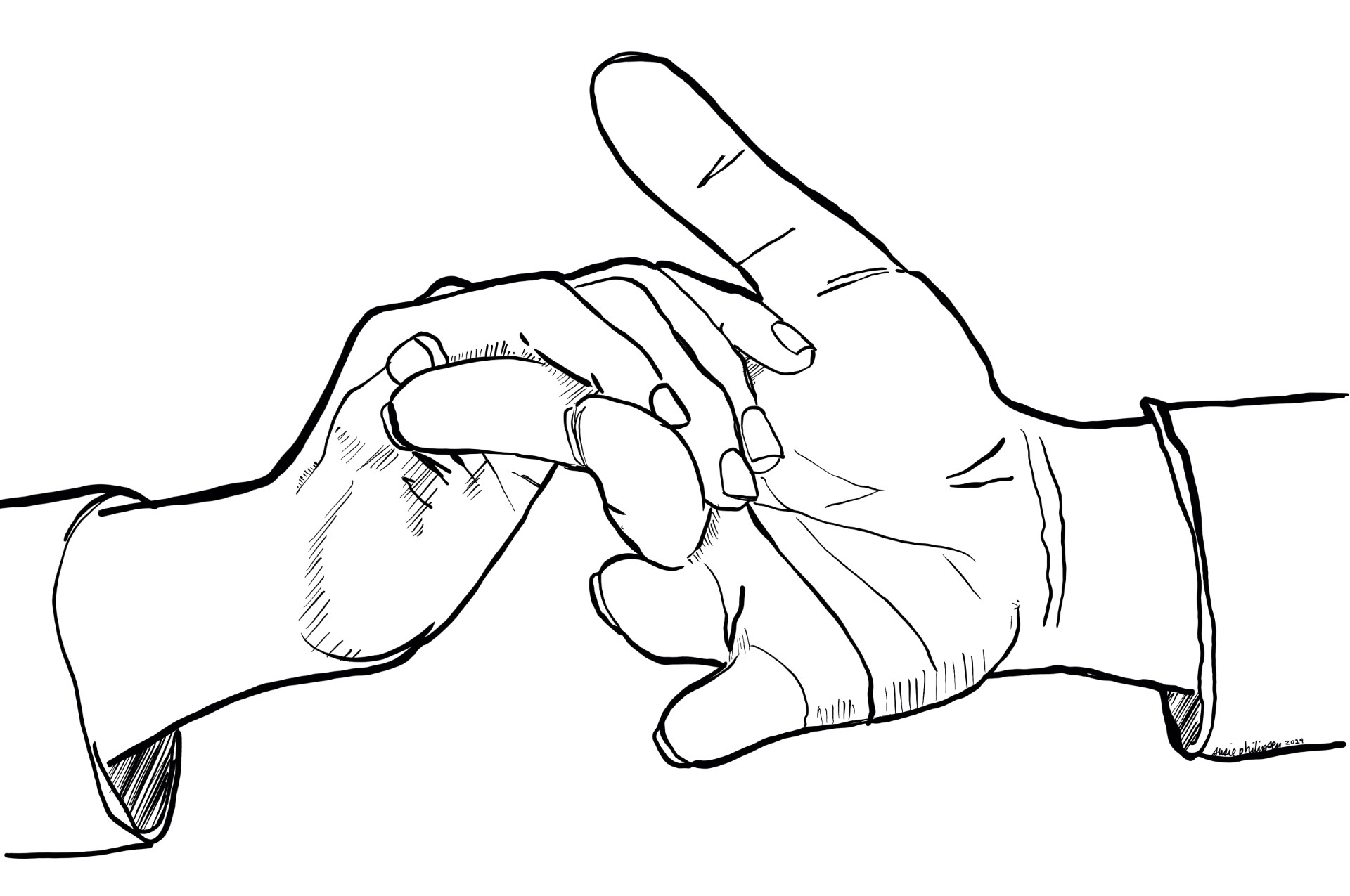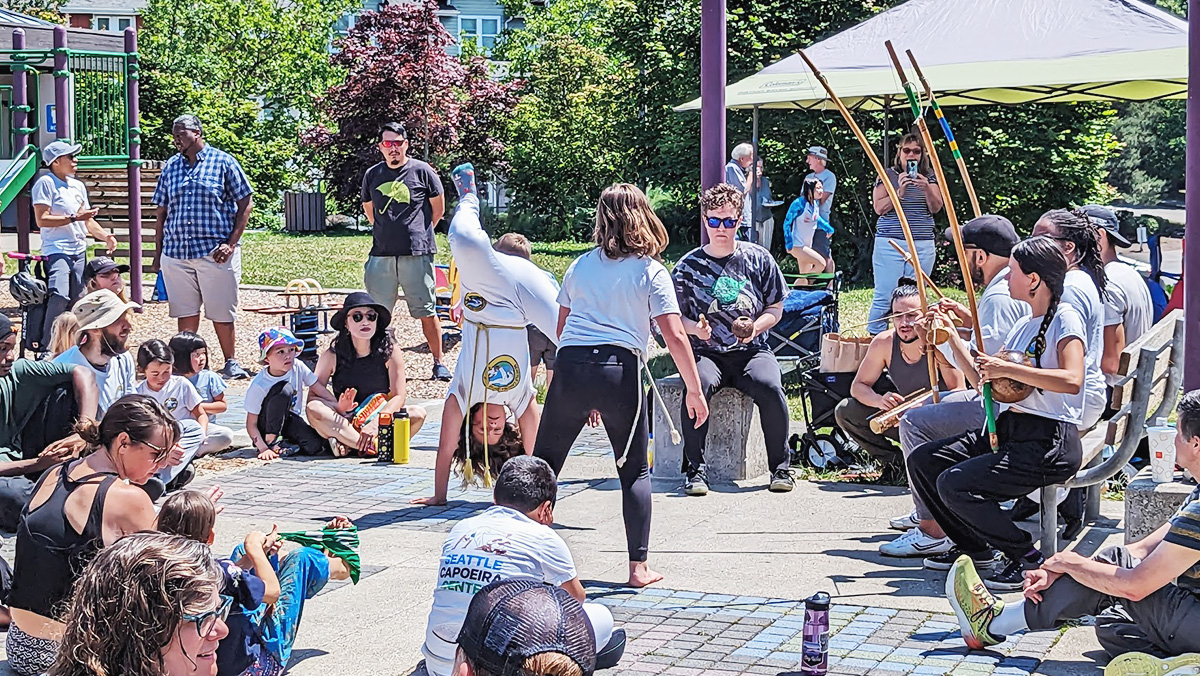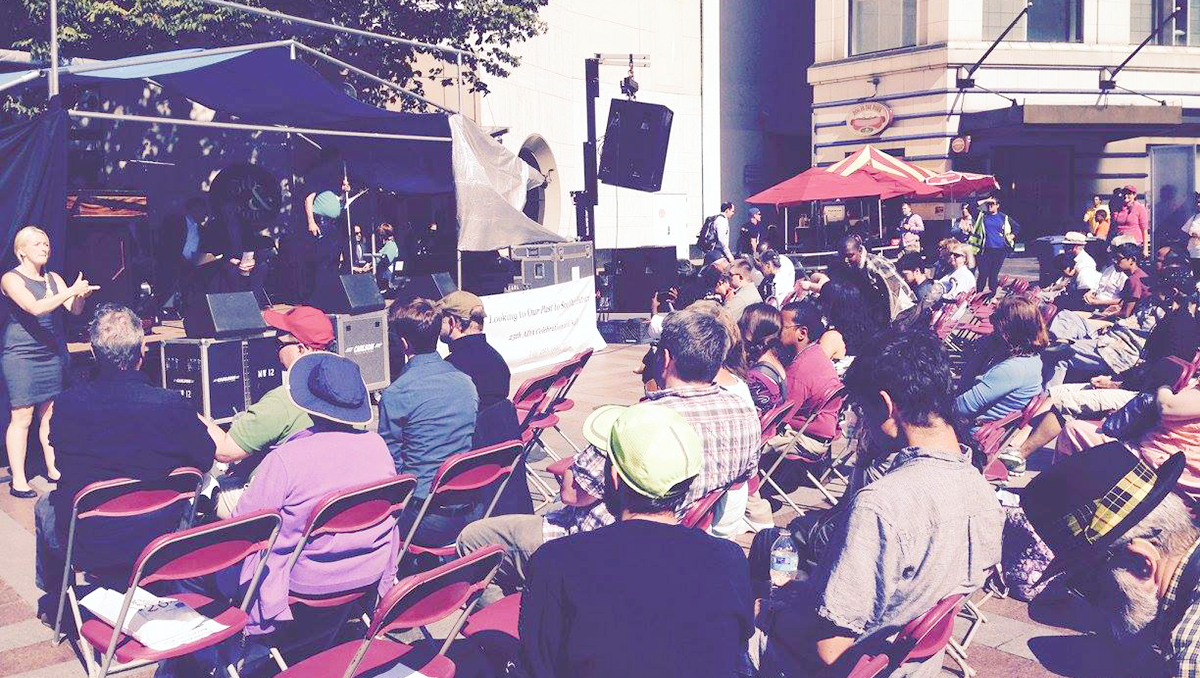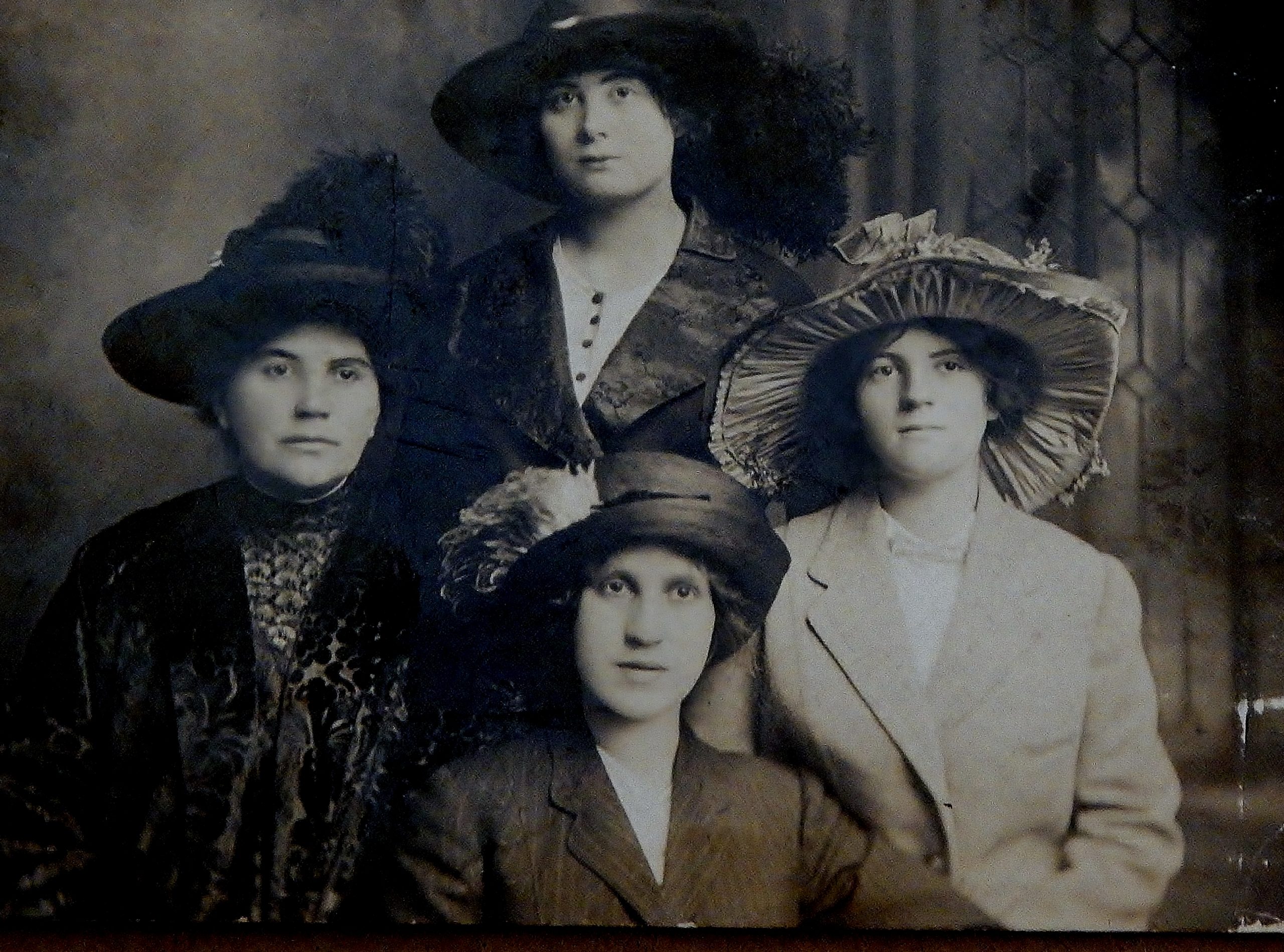 Generations of Duwamish. My great-grandmother Lisette, granddaughter of Suquardle and grandniece of Si'alth. My grandmother Ramona Backus to her far left as you look at Lisette Schuermann, and Ramona's first cousins.
Generations of Duwamish. My great-grandmother Lisette, granddaughter of Suquardle and grandniece of Si'alth. My grandmother Ramona Backus to her far left as you look at Lisette Schuermann, and Ramona's first cousins. By Russ Beard
My name is Russell Hoover Beard and I live in Mississippi where I retired after 29 years of federal service with the Naval Oceanographic Office and the National Ocean and Atmospheric Administration. I am a fifth-generation descendant of the Duwamish diaspora. My mother, June Hoover Beard, is the great-great-granddaughter of the Duwamish sia’b Suquardle, sub-chief of the Duwamish tribe (Curley Jim to the first white settlers of our lands), and the younger half-brother of Si’ahl, signatory to the Treaty of Point Elliot. Suquardle’s daughter, Rebecca Curley, gave birth to Lisette Scheuermann, my great-grandmother, whose daughter Ramona Backus is my grandmother. One of my earliest memories as a small child was my mother’s telling and re-telling of our Duwamish heritage and the legacy of burnt longhouses and the denial of the Duwamish living within the city limits. Yet my mother’s maternal line refused to leave the ancestral lands. It was due to marriage as a WWII bride that my mother reluctantly left Seattle and moved to Pennsylvania with my father to start anew.
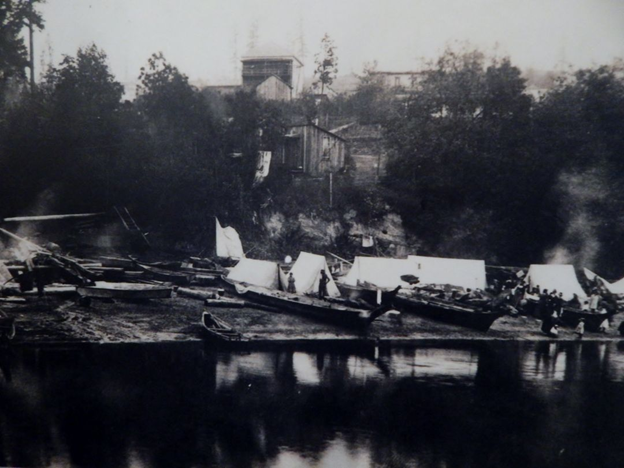
June spoke with fondness of accompanying her mother and grandmother in family outings to Mukilteo, joining other Duwamish relatives and families to gather clams in their historical fishing grounds in the 1920s and early 1930s. During my youth, mother spoke these words to myself and my siblings, “We have not given up our rights to a Duwamish Reservation and the lands promised to the Duwamish people.”
I am not Muckleshoot, Suquamish, Snohomish, or a member of any other tribe that claims to represent and identify as the true Duwamish tribe. None of the tribes who claim to speak for the Duwamish can deny me my heritage as they would with the public claims they make and in their councils.
I am Duwamish and will remain so for life. As such, I have dedicated time and effort to work towards the revitalization of our tribal lands since my retirement. The Duwamish today are restoring landmarks, working towards revitalizing abused lands into green, viable recreational landscapes, working to sustain healthy fisheries, and provide environmental stewardship for the benefit of all the peoples of Seattle.
The Duwamish Tribe lived, fished, hunted, and farmed their ancestral lands and waters for thousands of years prior to the arrival of European and American whites. We continue to do so today, and lead activities related to the reclamation, remediation, and stewardship in support of environmental justice for the lands that form Seattle and the adjacent watersheds flowing into Puget Sound. For decades, the tribe has contributed to the environmental health and welfare to the benefit of the citizens of Seattle, with an emphasis on underserved, marginalized populations within. The past and current leadership roles and contributions to the environment of our city include the efforts of Mr. James Rasmussen, senior Duwamish tribal member, who was mentored by John Beal, the early advocate for a clean Duwamish River. Their efforts resulted in the establishment of the Duwamish EPA Superfund Site underway today.
The Duwamish Tribe has been the recipient of King Conservation District (KCD) community grants, including in 2017 for the Duwamish Upland Reforestation Project. This is an ongoing effort to protect, restore and reforest the greenspaces adjacent to the Duwamish Longhouse and Cultural Center, with the goal of eliminating invasive species, reintroducing native vegetation to the West Seattle community, and restoring the property’s ecosystem by providing a place to sustain native food, medicine, and wildlife habitat in relation to Duwamish culture.
In 2019, KCD awarded the tribe the Ridge to River grant to study the remediation and return to safety of user-friendly pedestrian hiking trails linking connections between South Seattle College, Pathfinder K-8 School, and the Duwamish Longhouse.
The purpose of the grant is to assess trail routes through the Greenbelt and determine re-mediation options required to address the pollution of the land by cement kiln dust, a highly toxic by-product of cement production. By doing so, we will meet federal, state, and municipal policy and safety regulations for trail usage and develop a comprehensive trail plan for the greenbelt, addressing recreation, education, cultural exchange, environmental justice, youth employment, and forest restoration.
We are partners with the Sno-King Watershed Council and Puget Soundkeeper Alliance to supply water quality training to tribal and community partners in EPA-certified protocols to check for the presence of E. Coli contamination of the waters of Puget Creek and the Port of Seattle T107 Park, Ha ah Poos, an important regional historic site called Duwamish Site No. 1, on the National Register of Historic Places. The Ridge to River grant was completed in 2021 and now the Duwamish Tribe is investigating a partnership with local community organizations and city agencies to remediate the trail “brownfields” to practical, safe recreational trail standards for southwest Seattle in 2022.
We are a resilient tribe and though our resources may be little, we share our stories, our time, our land, and our Longhouse with all who wish to see us. Over generations, our Duwamish Tribe has governed from once upon a time in the basements of our tribal members, to the storefront offices of once upon a time, to our now sacred longhouse on West Marginal Way. We govern, meet with, and support services for members, welcome visitors, and enter into partnerships to steward the river and ridge pathways.
The Duwamish Tribe is not of the past; we are very present as an entity and people of Seattle. I am my Duwamish mother’s son – stewarding culture, people, tribe, and environment.
